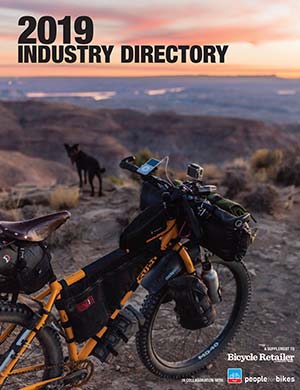MISSOULA, MT (BRAIN) — The Association of State Highway and Transportation Officials (AASHTO) has approved new sections of the U.S. Bicycle Route System in Minnesota, Missouri and Kentucky. With these additions, the USBRS now totals 5,616 miles in 10 states.
“The partnership between state departments of transportation, Adventure Cycling, local transportation agencies, cycling groups and the Federal Highway Administration has produced significant results over the past several years,” said Bud Wright, executive director of AASHTO. “The routes are part of an emerging bike route network that is connecting communities of all types, all across the country.”
Among the sections approved Monday:
- The middle segment of U.S. Bike Route 45 in Minnesota, which in total spans 700 miles. This section passes through the Twin Cities metro area and the Mississippi National River and Recreation Area—a 72-mile-long park managed by the National Park Service. The northern segment was designated in October 2012 and the southern segment was designated in May 2012.
- In Missouri, the newly approved U.S. Bicycle Route 76, which begins at the Mississippi River in Chester, Illinois, and extends some 348.5 miles before exiting the state 28 miles west of Golden City, passing the Ozark Mountains. The Missouri Department of Transportation will begin installing USBR 76 signs along the route this summer.
- U.S. Bike Route 76 in Kentucky was originally designated in 1982 but had not been documented electronically at AASHTO and was in need of updates. The Kentucky Transportation Cabinet did a thorough review and submitted realignments for the route, which spans 563.7 miles.
The USBRS is a developing network of bicycle routes that connect city, regional and statewide cycling routes. More than 40 states are currently working to designate routes. When complete, the USBRS will encompass more than 50,000 miles of routes.
Adventure Cycling Association has provided staff support to USBRS since 2005, including research support, meeting coordination and technical guidance for states implementing routes.



